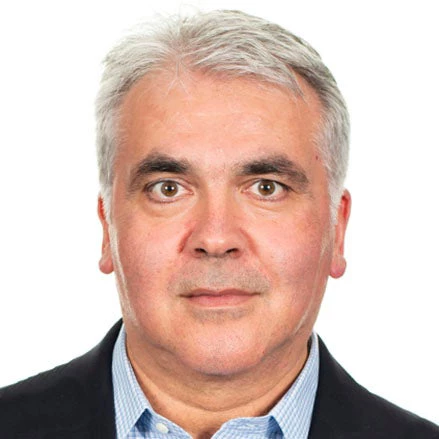 Amid the robust recovery from the global economic and financial crisis, policymakers in East Asia are contending with two emerging challenges: rising inflation and surging capital inflows. The quickening of the pace of price increases would require further monetary tightening, but many officials and analysts worry that such tightening will help support further flows. On balance, central banks in the region seem to have been rather patient in raising policy interest rates. But delaying monetary tightening in the hope that capital inflows will go away will likely be in vain: most capital flows come because of higher growth prospects for East Asia than in advanced economies. Policymakers need to bite the bullet and hike policy rates to keep inflation from rising unduly and higher inflation expectations to become entrenched.
Amid the robust recovery from the global economic and financial crisis, policymakers in East Asia are contending with two emerging challenges: rising inflation and surging capital inflows. The quickening of the pace of price increases would require further monetary tightening, but many officials and analysts worry that such tightening will help support further flows. On balance, central banks in the region seem to have been rather patient in raising policy interest rates. But delaying monetary tightening in the hope that capital inflows will go away will likely be in vain: most capital flows come because of higher growth prospects for East Asia than in advanced economies. Policymakers need to bite the bullet and hike policy rates to keep inflation from rising unduly and higher inflation expectations to become entrenched.
Such action could be seen as part of a broader effort to bring inflation in the region substantially down over the medium term – thus reducing short-term interest rates and ultimately the cost of sterilizing exchange market intervention. There are plenty of examples around the world. In the late 1990s, Poland - shortly after introducing an inflation targeting framework – embarked on an aggressive monetary tightening cycle that reduced inflation and inflation expectations dramatically. Growth suffered for a year or two, but ultimately Poland’s economic growth returned with a vengeance. And in 2009, the country was the only one that recorded an economic expansion in the EU.
Moreover, tighter monetary policy now fits well in the discussion that raged during the crisis whether central banks should take asset prices into account when setting monetary policy. Equity prices across East Asia are on a tear, with prices up 45 percent thus far this year in Indonesia, and about 40 percent in Thailand and Philippines. Housing prices are also starting to heat up in some countries. And while tighter prudential requirements may be a better way to moderate credit growth and limit excessive risk taking, slow action on such measures leaves higher policy rates as an option.
Finally, the key challenge capital inflows pose is not the cost of sterilization of exchange market interventions - and thus the level of short-term interest rates. The most important challenges are the ability of countries to absorb more foreign capital efficiently, and the high risk that inflows will reverse suddenly. None of these are addressed by letting inflation and increases in asset prices run out of control.


Join the Conversation